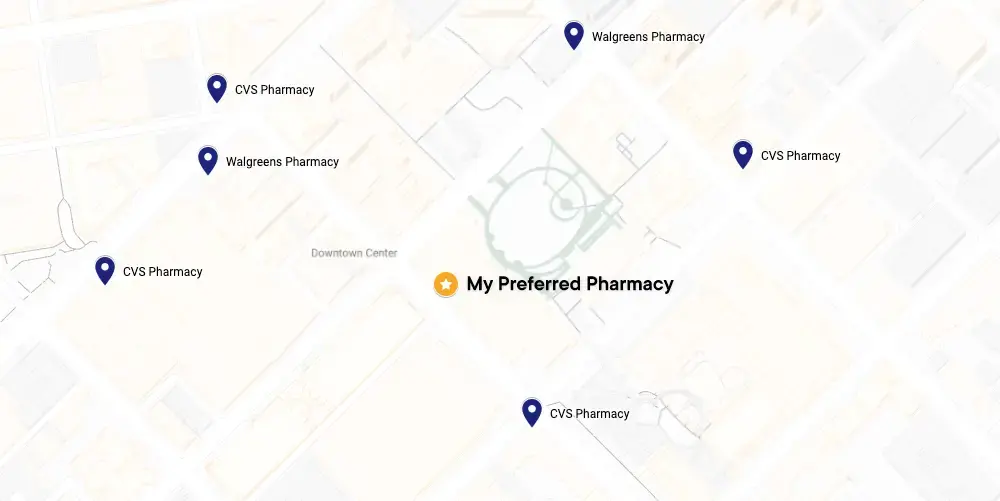How to treat cellulitis
Your doctor will consider your medical history, age, and symptoms to determine the best treatment approach for you. If you're experiencing any symptoms, seeking early treatment is the best way to stop the bacterial infection from spreading.
In most cases, cellulitis treatment includes prescription oral antibiotics or antibiotic ointment. Within 3 days of starting antibiotic treatment, let your health care provider know whether the skin infection is responding to treatment. Even if the bacterial infection improves, it's important to continue taking antibiotics for the full course of treatment.
Most symptoms improve within a few days of starting antibiotic treatment. However, severe cellulitis may require hospitalization and intravenous (IV) antibiotics, as noted by symptoms such as fever >100.5°F, rapid spread (for example, doubling in size within 24h), or widespread erythema (redness).







